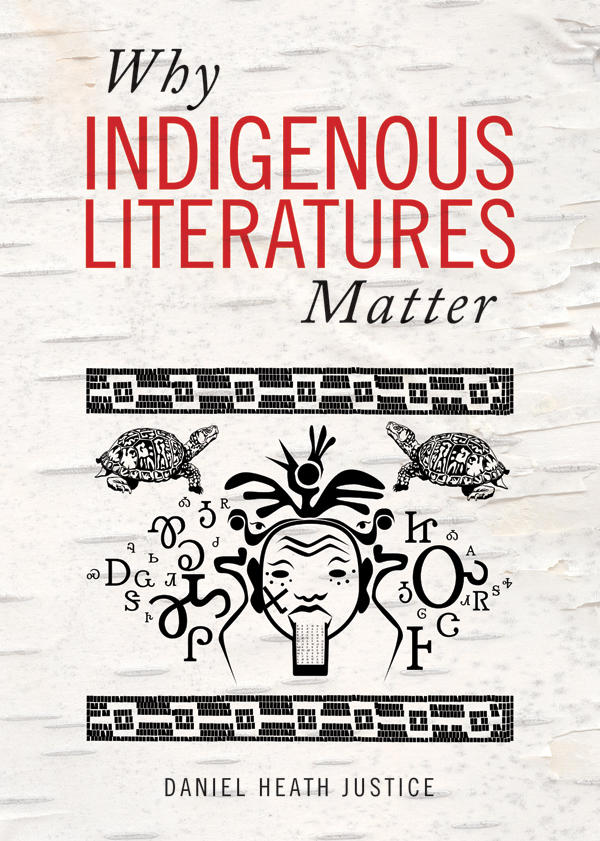Why Indigenous Literatures Matter by Daniel Justice is a piece of literature that highlights how Indigenous people create honest and truthful stories about themselves that include their faults, but on the contrary, colonized stories about them make them seem out of place.
In particular, the author shines a light on how stories made about Indigenous people always show some sort of short falling, which they describe using a term called ‘Indigenous deficiency’. “The most corrosive of all is the story of Indigenous deficiency. […] This story presumes that we’re all broken by addiction, […]” (Justice 2).
In this quotation, Justice highlights how addiction is a huge fragment of Indigenous deficiency due to the many books and articles that display the majority of Indigenous people with addiction, often leading to other unpleasant matters such as abuse and violence. This was displayed particularly through the main character Jared in the book ‘Son of a Trickster’, who is seen as a drunkard.
His mom, stepfather, father and many of his friends are also shown as individuals who abuse heavy substances. Another example of this is found in the text ‘Surviving the scoop’ by Wagamese. In that text, residential school and Sixties Scoop survivors are portrayed as people with addiction problems who don’t know how to properly raise children. Daniel Justice also states how even though Western
Literature depicts Indigenous people as people who are in need, the Western world turns a blind eye to them when it comes to the statistics. “Indigenous peoples are vastly overrepresented in all negative social indicators in Canada, the US, and other settler states, and grossly underrepresented in the positive ones (Justice 3)”. This relates heavily to the executive summary that I completed at the end of this course on Surviving the Scoop, as the story is related to a lot of negative social indicators. This includes over 50% of people in Canadian jails being Indigenous, and a huge overrepresentation of Indigenous children in the foster care system.
Another connection that can be made from this story to many texts throughout the course is the basic idea of how hard it is for Indigenous people to connect themselves back to their cultural roots after forcibly living in Western communities for so long. This is particularly shown by Janice’s character in ‘Only Drunks and Children Tell the Truth’. “According to the settler stories of Indigenous deficiency, our peoples were supposed to vanish into the sunset long ago; […]” (Justice 5). The author explains how the Western world that tried to assimilate Indigenous people thought that the Indigenous people were just going to vanish.
Instead, they thrived despite their suffering. This was shown by Janice as she also could not come back home despite the fact that she had a loving birth mother. Mentally, she needed someone to blame for all her pain of being a foster child and her pain of being taken away. She reluctantly came back to the reserve which she was born on, just as the author claims that Indigenous people today are trying to survive, through small steps. Janice’s story also ties to another very important excerpt from the text that connects to the story Janice told her sister while she was drunk. “Stories can be bad, bitter medicine and inspire people to bad actions; […] Yet stories can be good medicine, too (Justice 4-5)”.
Janice was brought up in her white family and given the impression that her birth mother was a bad person or an individual that she could blame all her problems on. That story was a made-up thought in her head, which caused her to abandon her birth mother despite trying to return. The good medicine was her sister telling her the real story behind her birth mother and Janice realizing her misconceptions. Although ‘Only Drunks and
Children Tell the Truth’ is related to this excerpt from inside the story, ‘Son of a Trickster’ relates to this excerpt as the idea of the entire novel. The book depicts how violent and destructive a childhood could be growing up as an Indigenous teen in an Indigenous community.
This shines a light on the ‘bitter medicine’ of the Indigenous life, where ‘Indigenous deficiency’ once again steps in. The good medicine is how the famous novel, although exaggerated, shows how generations of cruelty against Indigenous people has led to prolonged trauma, eventually leading to violence and drug abuse.
This informs the public of the basic human needs of Indigenous peoples that they deserve as people. To conclude this story on stories about Indigenous people, all of these pieces of literature show how Indigenous people do not fit into the perception created by basic Western literature, but instead have and write much deeper stories with much deeper meanings.

